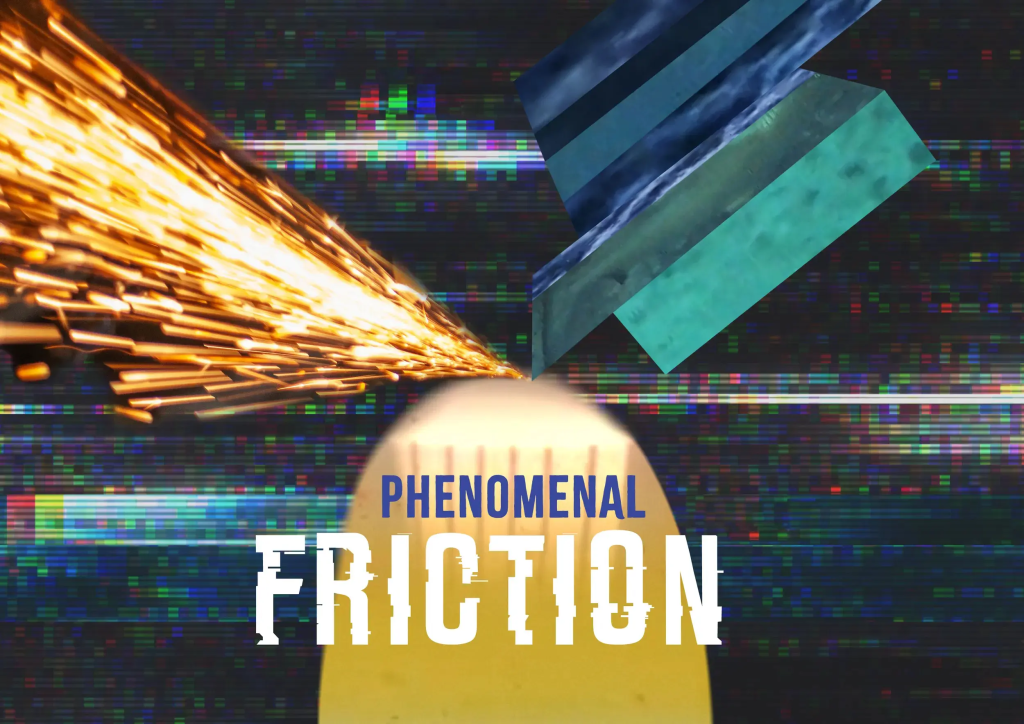From the 8th to the 19th of November, the International Documentary Festival Amsterdam is hosted in the cinemas of Amsterdam, presenting socially engaged documentaries from around the globe. Here’s a recommendation from me: watch some documentaries next year. Dedicate a day to it, as IDFA’s New Media Lab, Doclab, is consistently one of the festival’s highlights for me each year. Their program showcases, researchers and developes at the forefront of interactive documentary art and XR storytelling. They even collaborate with the prestigious institute of MIT, the Massachusetts Institute of Technology (in a project named MIT Open Documentary Lab) to explore the artistic possibilities and development of digital storytelling.
Therefore, this blogpost will be intended to showcase certain festival favorites and to dive deeper in the concept of of digital or immersive storytelling and its relation to both art/technology as well as society at large.

To start of with an interesting development at IDFA 2023 is the project Voice Inside My Head, an AI generated sound piece by Kyle McDonald and Lauren Lee McCarthy that works with ChatGTP to explore the workings of our inner voice. In a completely silent, hermetically sealed booth, individuals have to answer to the inquiry of a chatbot regarding the tone, voice, and thoughts associated with their own inner voice. Intriguingly, the AI chatbot tries to become the voice which is described — capturing the nuances such as the distinctive sounds, the pauses inherent to your speech pattern and the overall tone of communication one has when “conversing with themselves”. The encounter is both mind-blowing and almost meditiative in a sense, as the AI mirrors the self-dialogue, uncovering the thoughts you bare upon yourself and the significanc of the innervoice to one’s identity.
We have often talked about articial intelligence and its inherent threads to modern day society, such as ethical dillemas, biases, and security risks. Even in class we discussed AI in relation to art, as Maria wrote an interesting piece on ‘Digital Technology as Medium of Art Creation’, the overall tone of the class was negative towards this new medium. Afterall, what does artificial intelligence know about about art other than the hard data? and what is art without it’s maker?
Yet, “Voice Inside My Head” opens up the potential of AI to be reflective and insightfull, particularly through the art of the narrative and storytelling. It has demonstrated that through the integration of storytelling techniques and intricately programmed technology, it can reveal systems within ourselves and in society at broad that are commonly regarded as neutral or inherent. The question remains whether “Voice Inside My Head” can be classified as an piece of art, a classification I affirm to as I view it as an interesting mix between audio- and installation art.
To conclude this blog post, I want to offer another suggestion of a similar kind — an interactive virtual reality experience called Emperor that excites me with the way it literally fuses technology and art, combining them seamlessly through the concept of immersive storytelling, a narrative technique that fully engages the audience in a multi-sensory experience that fully immerses the participant into the virtual world, beyond the traditional notion of story telling. This approach is often employed by forms of media such as, video games and films to elicit a stronger emotional or dynamic response from the audience.
Emperor’s immersive strength lies in its ability to transport participants into an alternate reality, although the depicted reality is not “natural”. Narrating the challenges of Aphasia, a condition stemming from brain injury, the story unfolds through captivating monochrome pencil drawings that seemingly come to life, blurring the lines between art and technology. The viewer actively engages through hands-on gaming, offering a unique communication experience. Beyond its new media exhibition context, Emperor stands as a dynamic and insightful work, providing valuable insights into Aphasia’s struggles and potentially serving educational or therapeutic purposes.

In summary, both projects redefine storytelling in the digital era, emphasising the dynamic intersection of art and technology.


Recent Comments